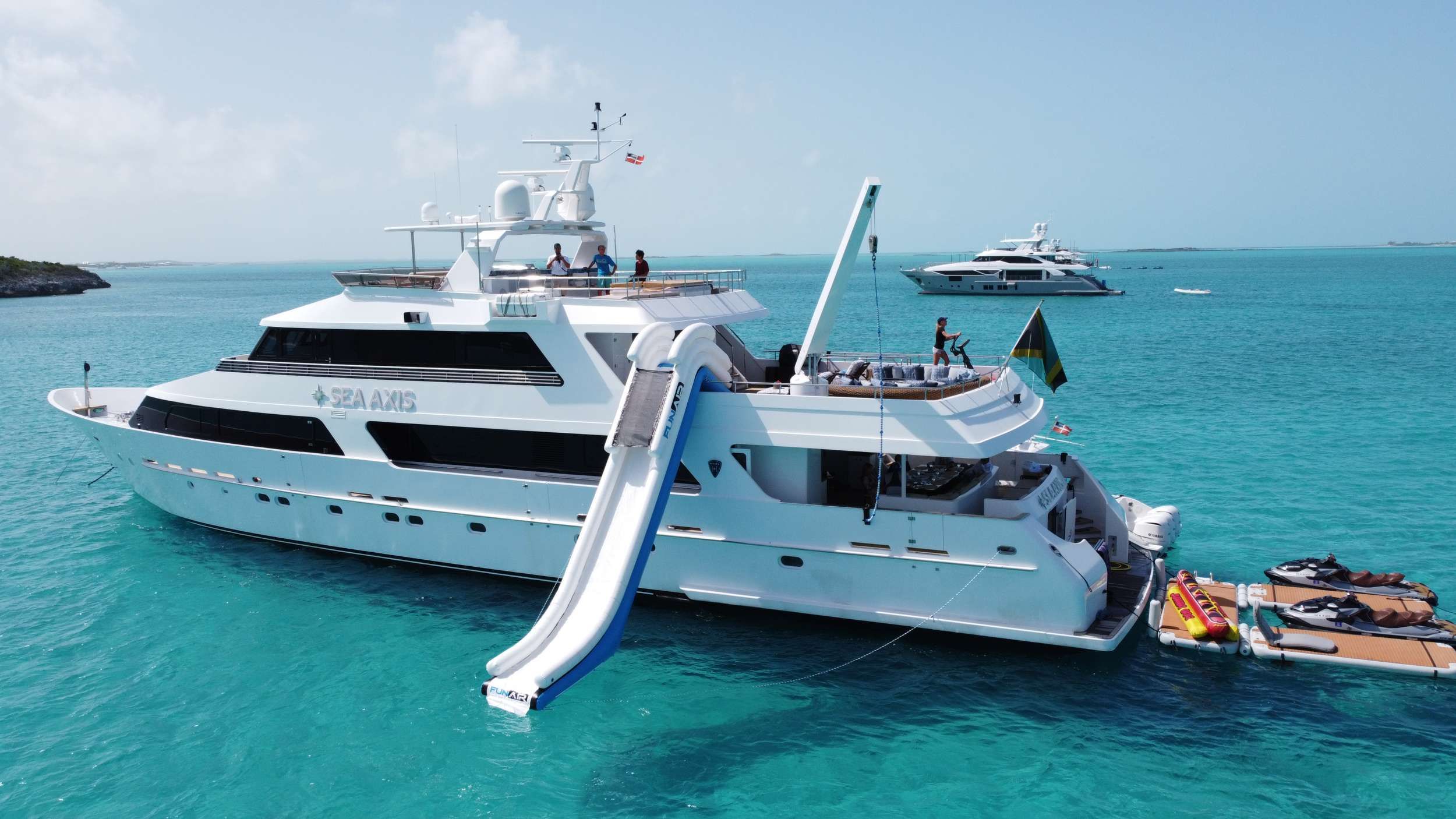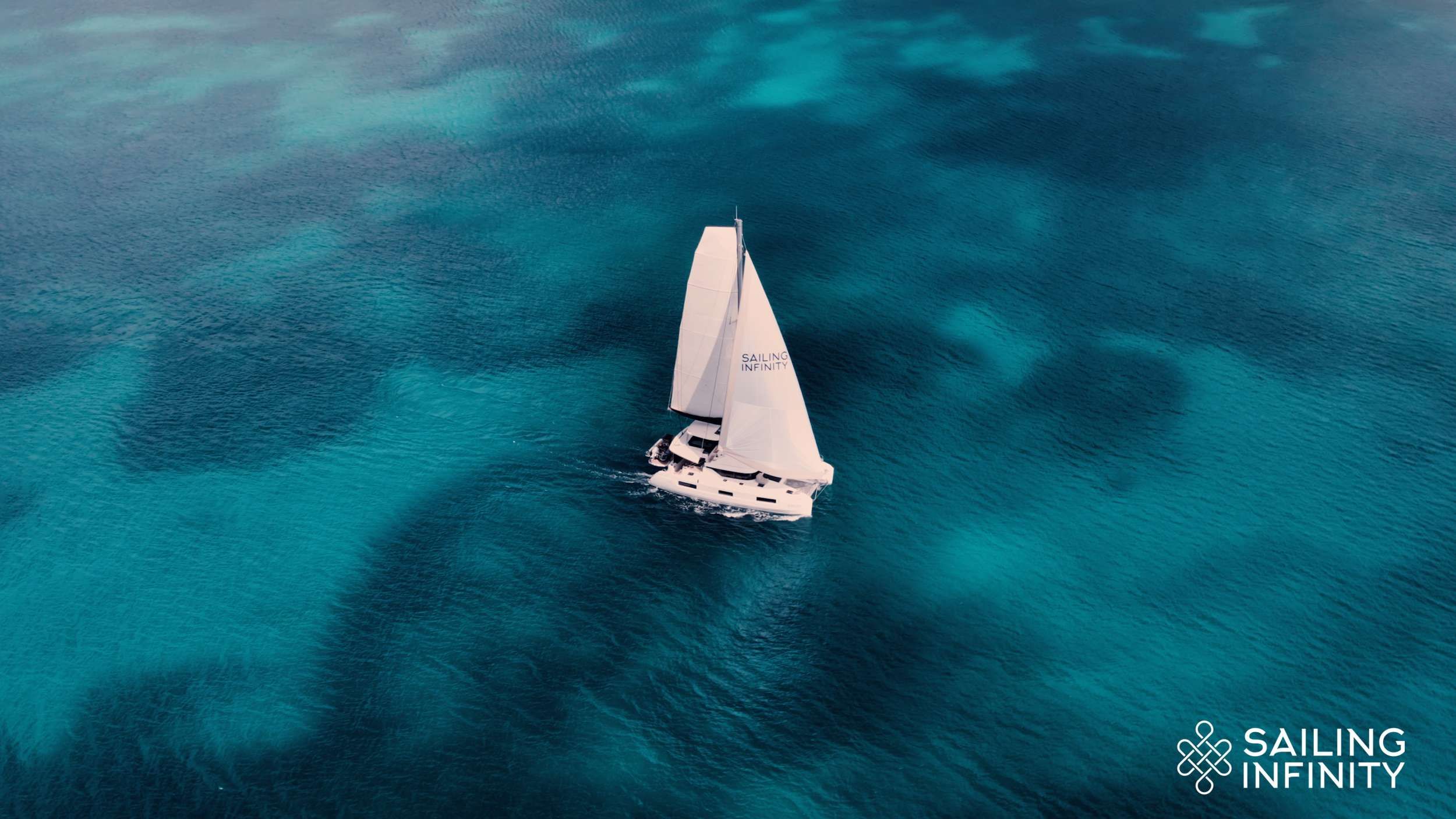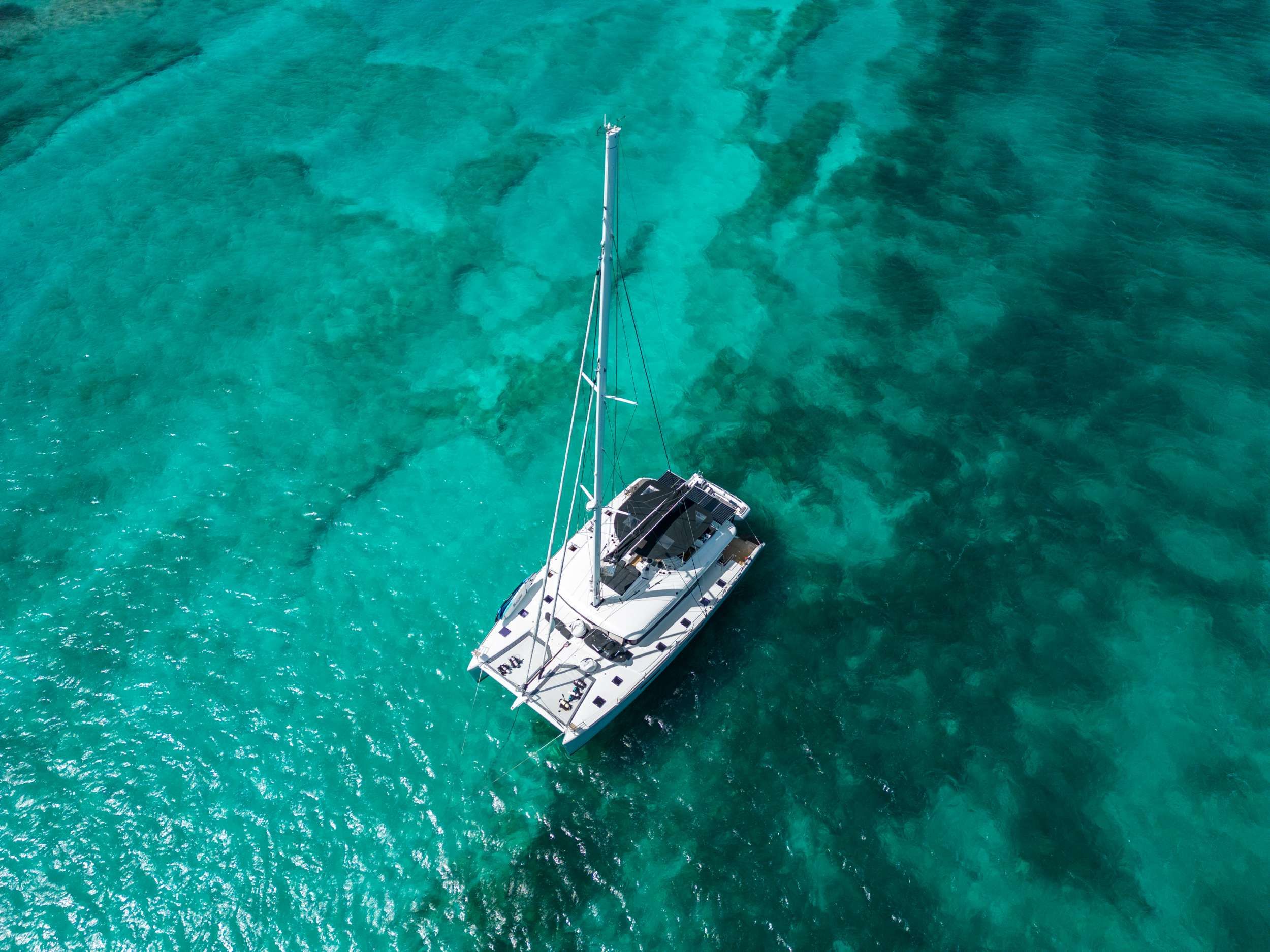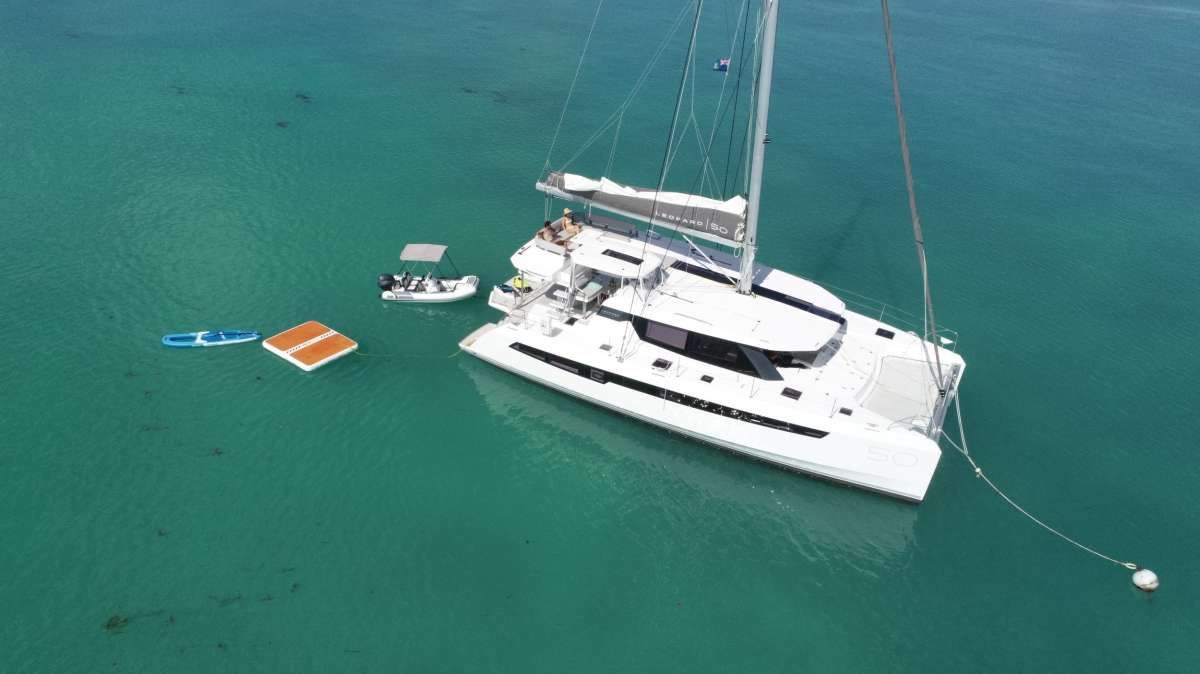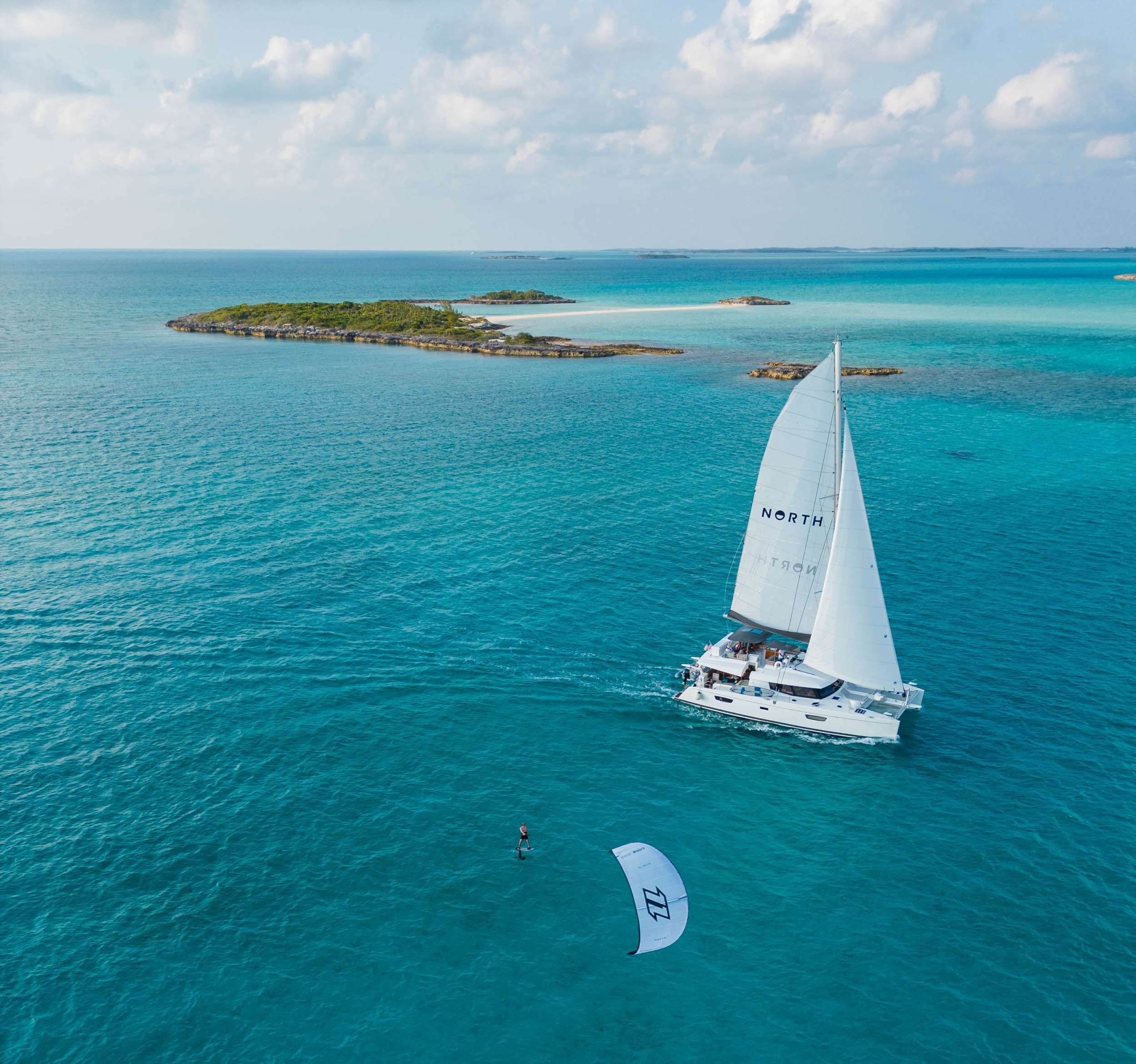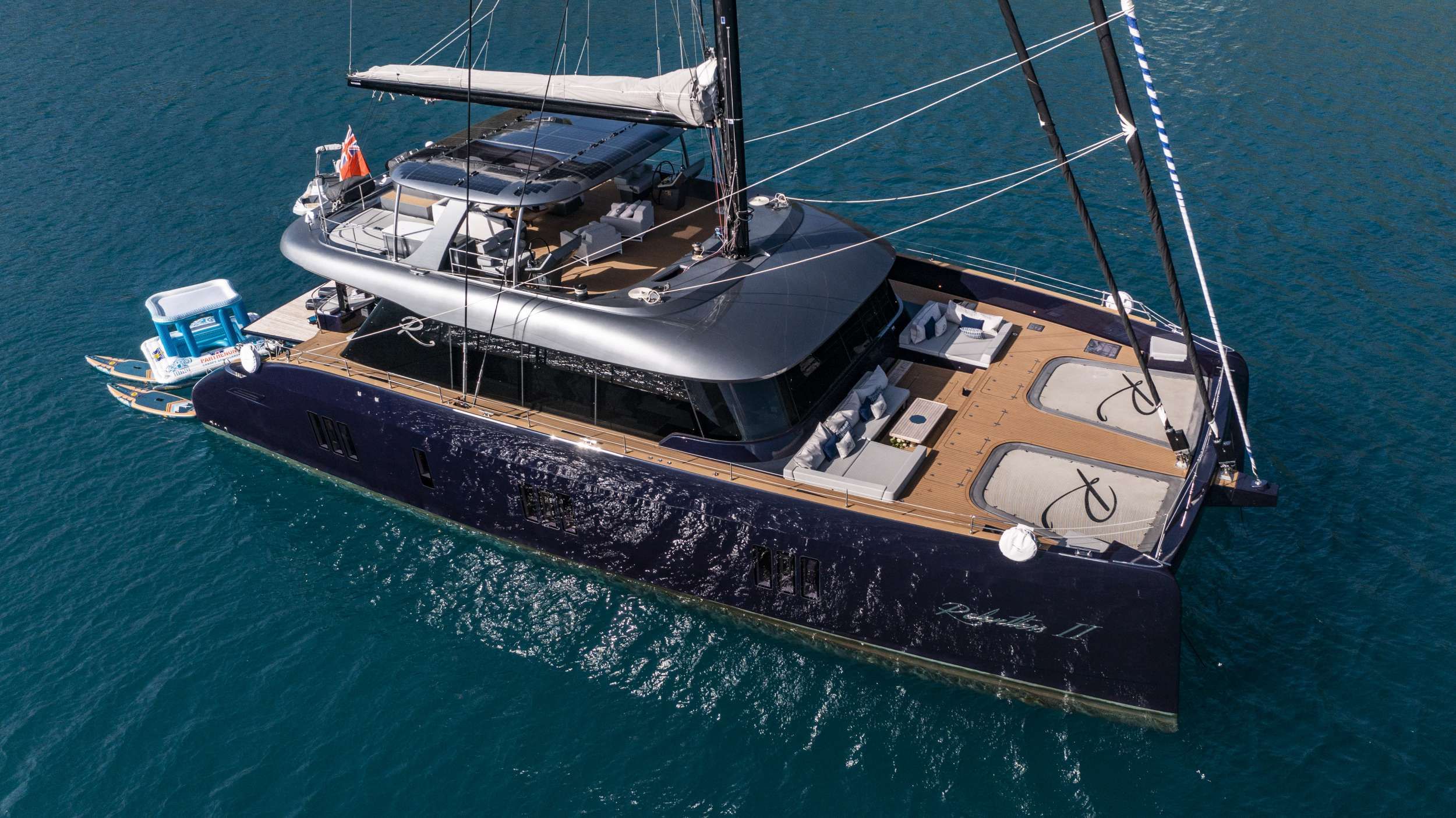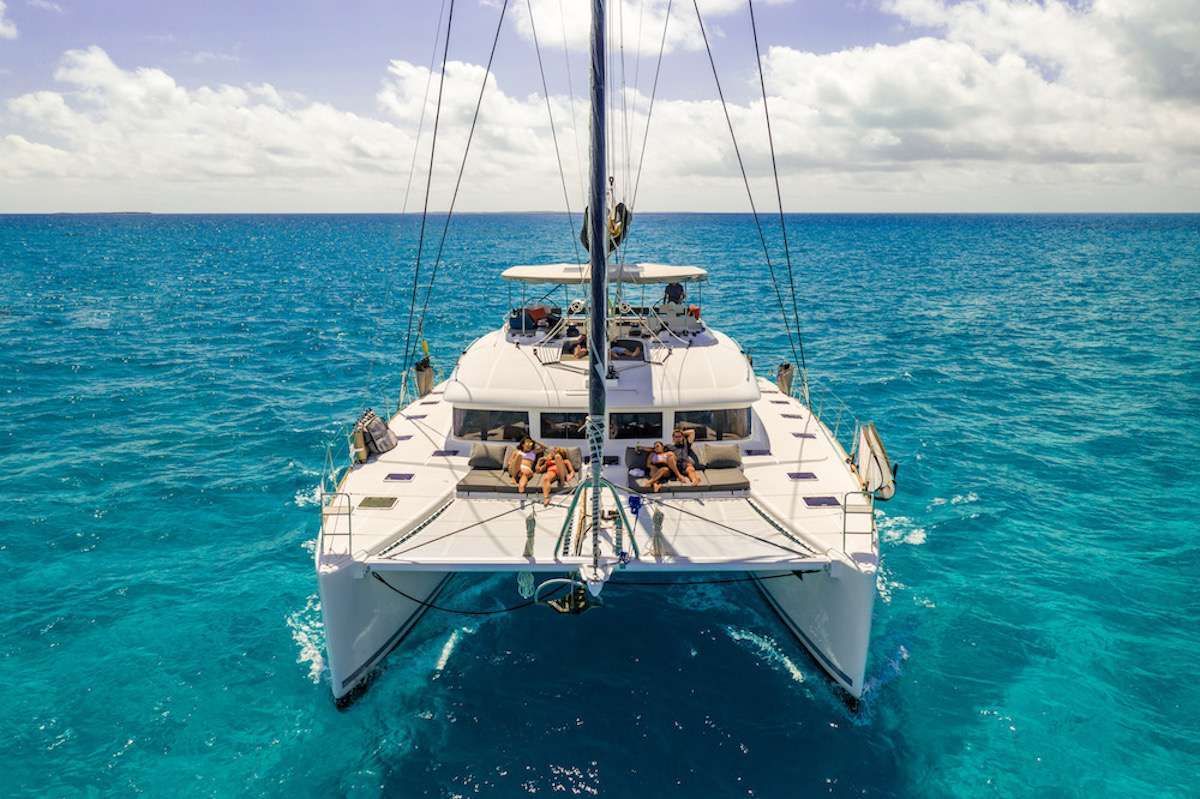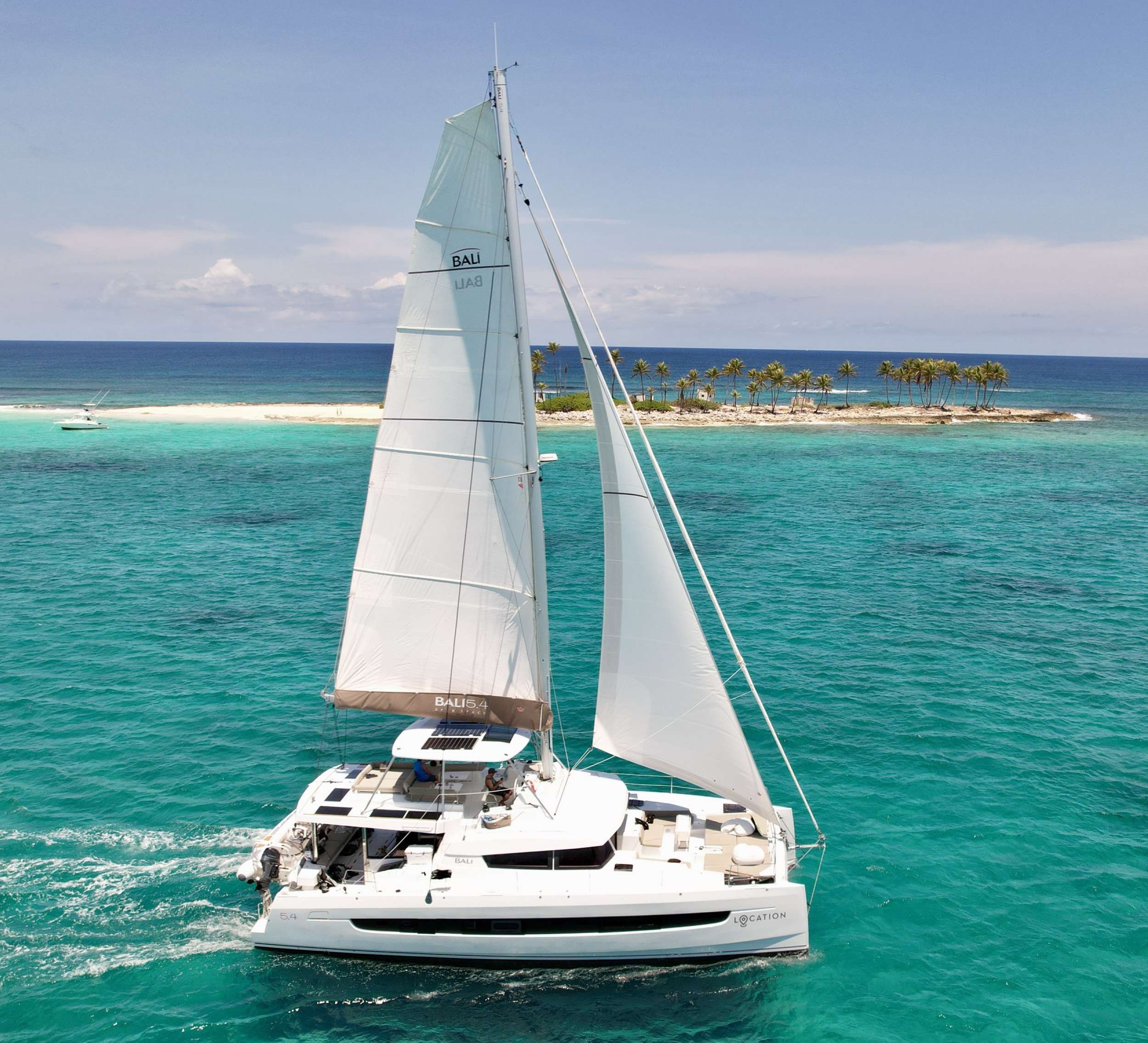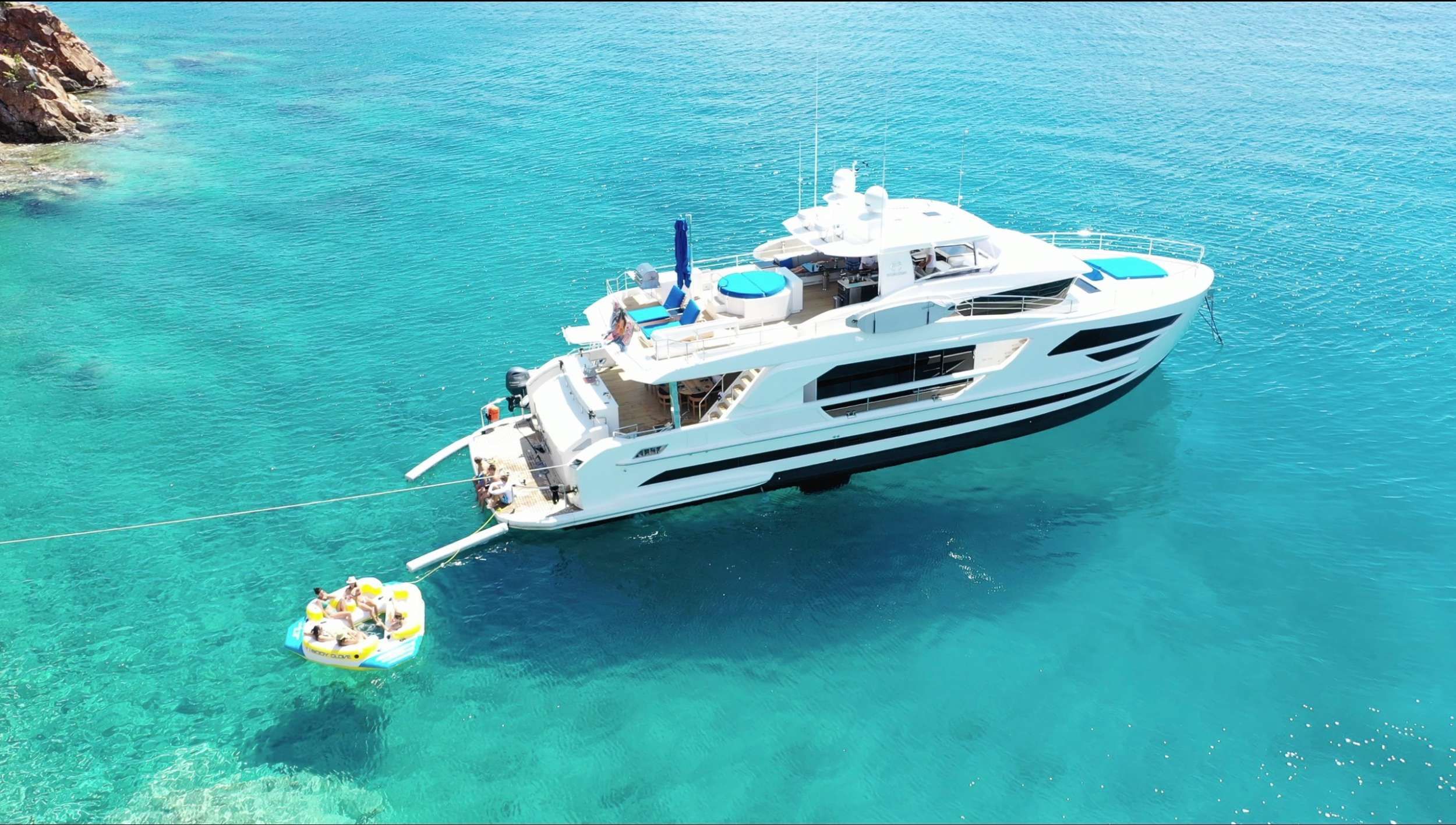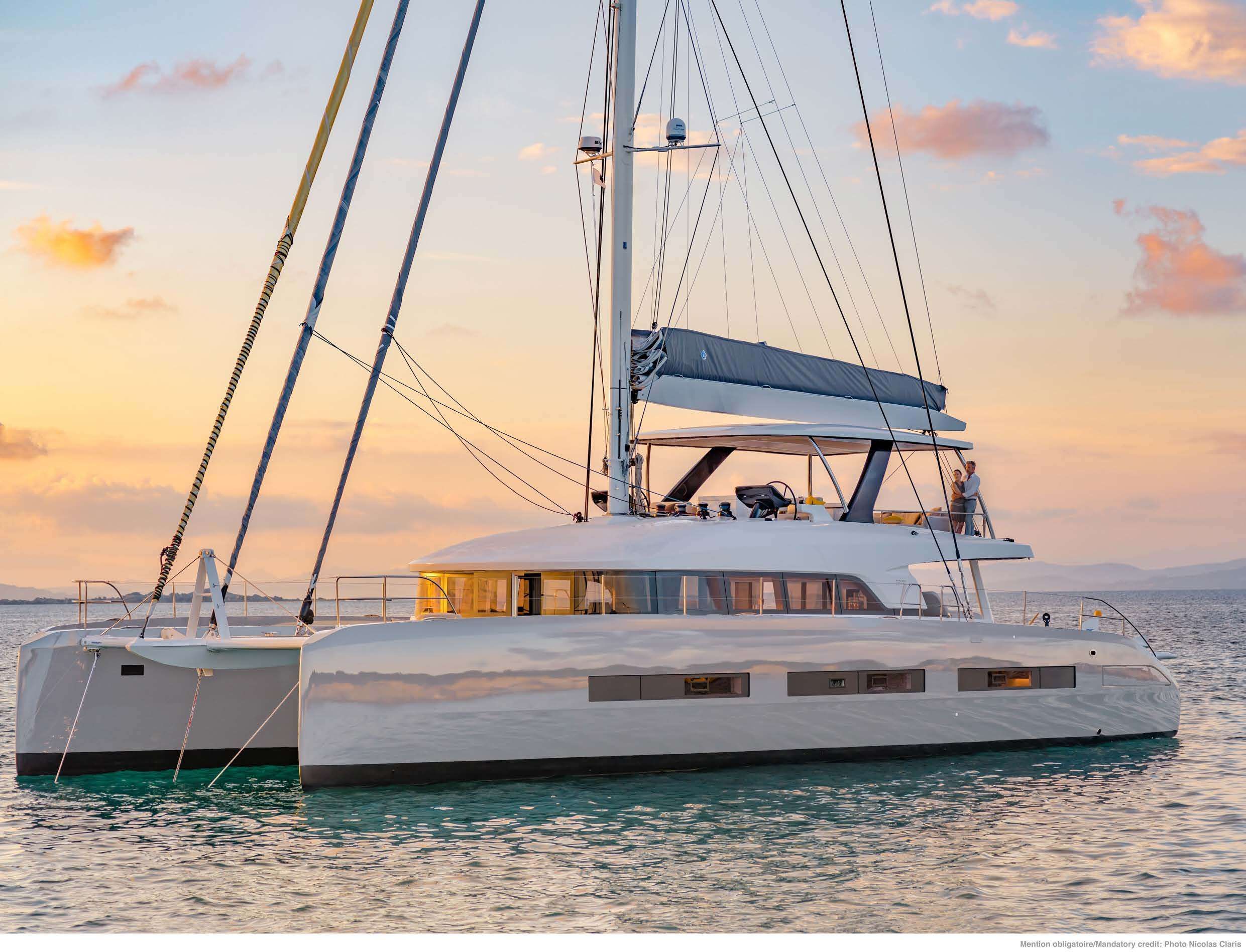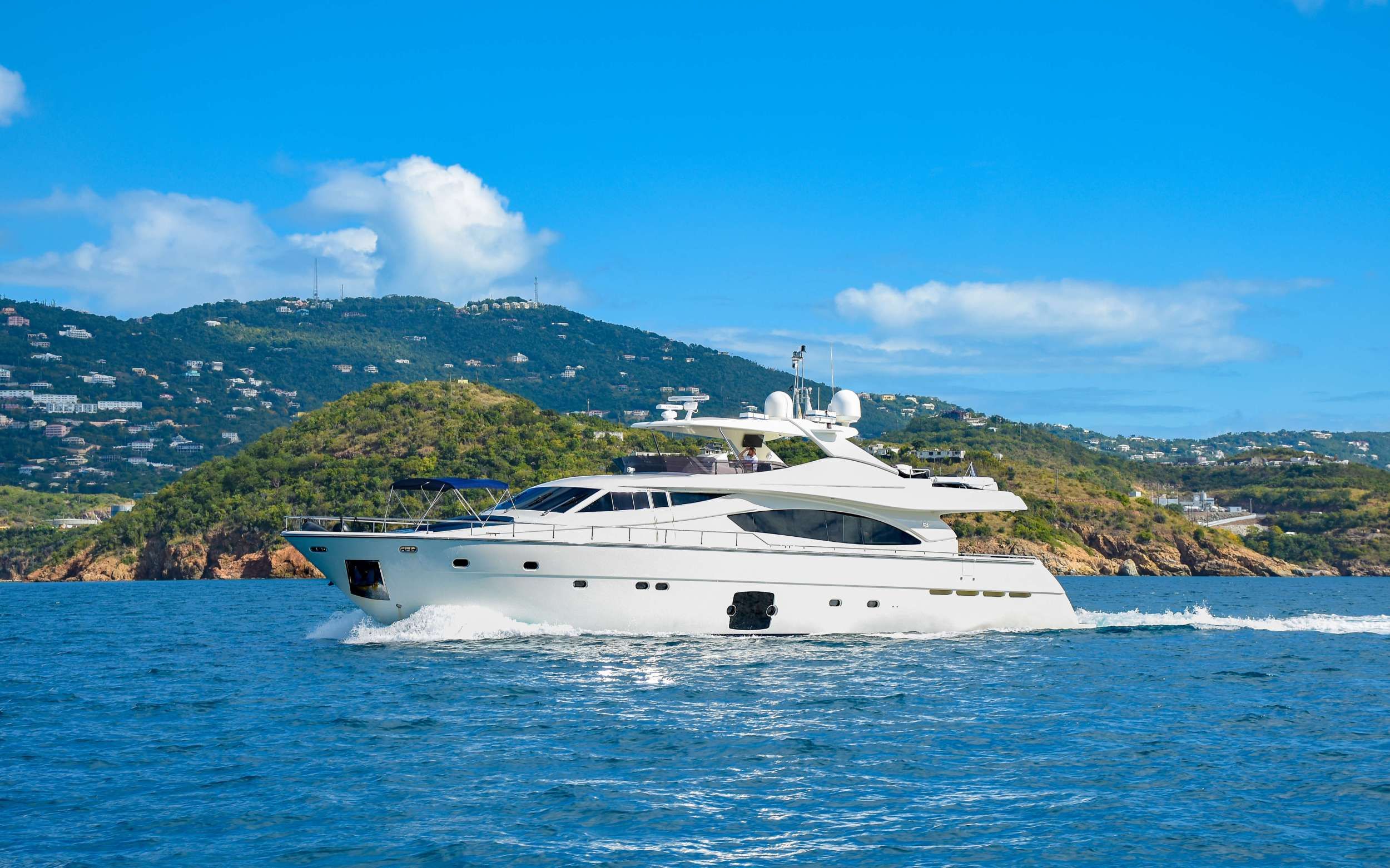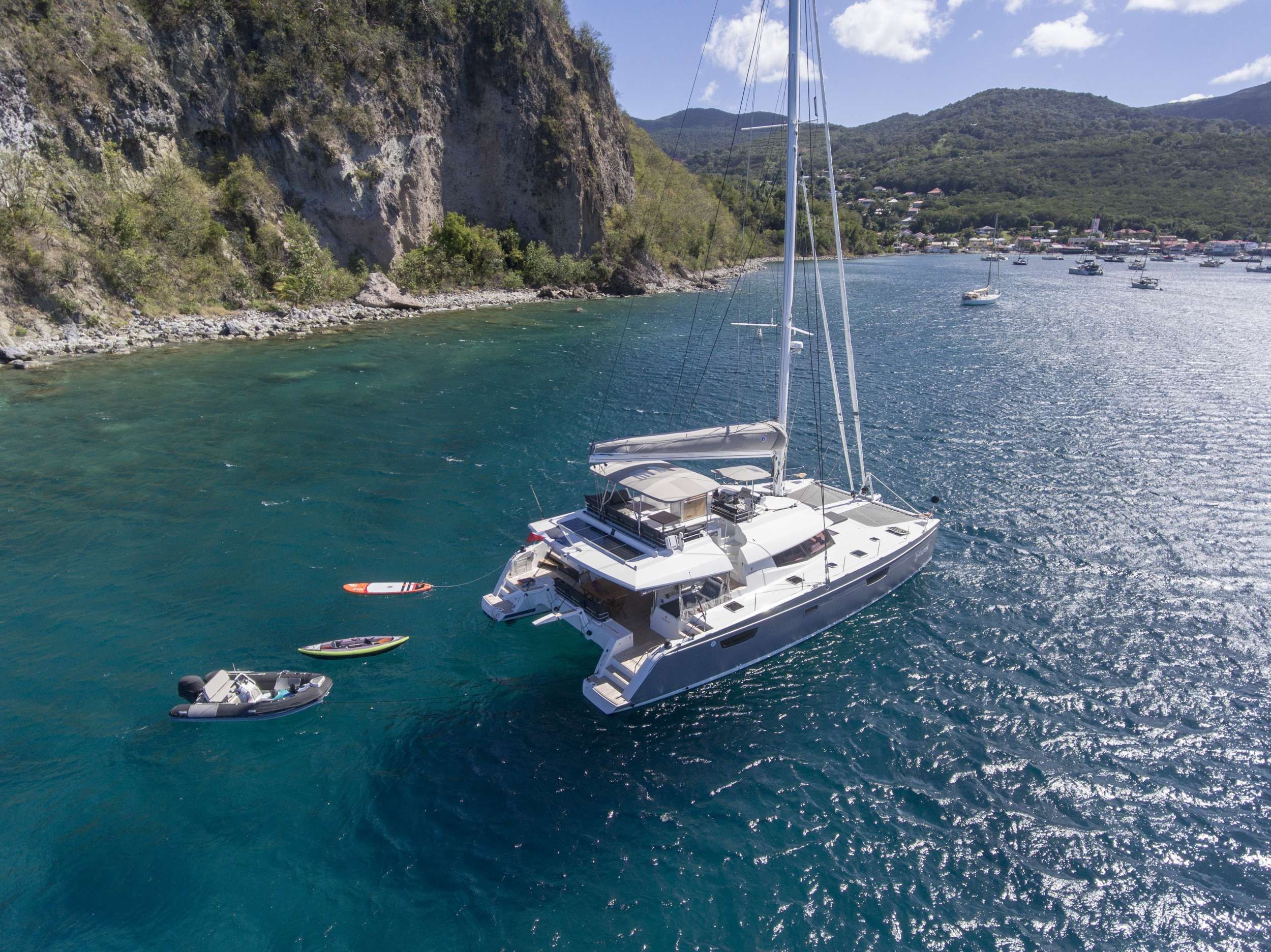Understanding the Different Types of Charter Yachts
by Dayle Reimer on Mar 15, 2023

There are many different types of yachts available for charter, so how do you decide which type is best for your yachting vacation? A good starting point to answer this question is your desired itinerary and the amount of time you want to spend underway each day, since the yacht’s cruising speed will be a determining factor. The charter budget will also come into play with fuel being a significant cost factor and consumption varies considerably between yacht types.
Motor Yachts
If you want to travel fast and cover long distances quickly, a motor yacht is the way to go. Motor yachts have multiple decks which means more spacious accommodations, as well as room for larger water toys including jet skis. To provide the optimum experience onboard, many motor yachts are equipped with stabilizers to ensure a smooth ride underway and minimize motion at anchor.
There are two main styles of motor yachts which have a direct correlation to its speed:
- Displacement yachts are heavier with rounded hulls which ride lower and “displaces” more water for a stable but slower ride. Cruising speed: 10-14 knots (12-16 miles per hour, 19-26 kilometers per hour).
- Planing yachts are designed with a v-shaped hull which creates lift to ride over the water with less drag, allowing for greater spee. Cruising speed: over 20 knots (23 miles per hour, 37 kilometers per hour).
Motor yachts can burn a considerable amount of fuel, so be sure to factor in fuel costs in your charter budget. Also, it’s important to be aware of the difference in fuel consumption of each type of motor yacht: a displacement yacht typically consumes around 200 liters (52.8 gallons) per hour whereas a planing yacht burns about 700 liters (185 gallons) per hour. Of course, some yachts are more fuel-efficient than others. Your charter specialist can provide you with an approximate fuel cost based on the planned itinerary, the yacht’s fuel consumption, and the cost of fuel at the chosen destination.
The term super yacht or mega yacht refers to the largest motor yachts, up to 500 ft. or more in length, offering the ultimate in luxury with a full staff of crew and amenities such as jacuzzis, fitness centers, water slides, and even helicopters with flybridge landing pad.
Examples of Displacement Yachts
- 125 ft. Sea Axis: Cruising speed of 12 knots (14 miles / 22 kilometers per hour); fuel consumption of 70 gallons / 265 liters per hour.
- 108 ft. Beachfront: Cruising speed of 10 knots (12 miles / 19 kilometers per hour); fuel consumption of 50 gallons / 189 liters per hour.
 Sea Axis.
Sea Axis.
Examples of Planing Yachts
- 140 ft. My Toy: Cruising speed of 24 knots (28 miles / 44 kilometers per hour); fuel consumption of 225 gallons / 850 liters per hour.
- 110 ft. Tasty Waves: Cruising speed of 23 knots (26 miles / 42 kilometers per hour); fuel consumption of 200 gallons / 757 liters per hour.
 My Toy.
My Toy.
Catamarans
A catamaran is a yacht with two hulls that are connected by a bridge deck creating a stable wide platform. Unlike a monohull, the main salon is on the same level as the cockpit, with the windows allowing in sunlight and showing off great views of the amazing scenery. Over the last 20 years or so, catamarans have become extremely popular for yacht charters for several reasons.
- Stability: Under sail, two hulls keep the yacht relatively flat in the water rather than heeling over to one side like a traditional sailboat with one hull. For anyone with tendencies towards motion sickness, this is a huge advantage.
- Space: The beam (width) of the yacht nearly doubles with two hulls compared to a single hull, significantly increasing the square footage of usable space. For example, the beam of a 60 ft monohull is around 17 ft while a 60 ft. catamaran has a beam of about 35 ft. For comparison purposes, that’s roughly 1020 sq ft. versus 2,100 sq ft. A catamaran has multiple spacious areas for lounging, including the main salon, aft deck, huge foredeck and flybridge.
- Privacy: On a catamaran, guest ensuite cabins are typically located at each end of the hull as well as midship on larger cats. With this much separation there is an increased sense of privacy.
- Shallow draft: The draft of a catamaran, the distance between the waterline and the deepest point of the boat is much shallower than a typical monohull, allowing safer anchoring closer to shore. This can be a big benefit in areas with shallow waters such as the Bahamas.
- Easy access to water: A catamaran has big wide steps at the end of each hull, from which it is very easy to slip in and out of the water.
The majority of catamarans in charter today are sailing cats. However, power cats have been quickly gaining in popularity and more continue to come onto the market. The layout of both a power cat and sailing cat may be virtually the same, with the difference being the power source.
- Sailing cats have engines but are powered by wind as much as possible, averaging 7-10 knots under sail, clearly the most eco-friendly option. The experience of moving through the water with only the sound of the wind and waves is incredibly relaxing. There’s also the element of sport, adjusting sails for maximum performance. The availability of sailing cats for charter is excellent in most popular destinations.
- Power cats typically have more powerful engines and can achieve speeds of 15-20 knots. With a steadier fuel burn and minimal drag, the power cat is generally more fuel efficient than a motor yacht. Availability is more limited than sailing cats but continues to increase. Check with your broker for options in your preferred destination.
Examples of Sailing Catamarans
- 67 ft. MyTy: Cruising speed 9 knots, 10 miles per hour, 17 kilometers per hour.
- 56 ft. Respite at Sea: Cruising speed 8 knots, 9 miles per hour, 15 kilometers per hour.
- 46 ft. Tortuga: Cruising speed 6.5 knots, 7 miles per hour, 12 kilometers per hour.
 Tortuga.
Tortuga.
Examples of Power Catamarans
- 74 ft. Seaglass: Cruising speed 18 knots, 20 miles per hour, 33 kilometers per hour.
- 65 ft. Mucho Gusto: Cruising speed 22 knots, 25 miles per hour, 61 kilometers per hour.
- 60 ft. Indigo: Cruising speed18 knots, 20 miles per hour, 33 kilometers per hour.
 Mucho Gusto.
Mucho Gusto.
Sailing Yachts
In the past, monohulls dominated the charter market. Today, availability is somewhat limited, but there are still great options available. Sailing monohulls are a popular choice for those who want to experience the thrill of sailing. Another appealing aspect is that monohulls are generally less expensive to charter than a catamaran.
All interior living areas are below the waterline, configured in the single hull. In contrast to a catamaran which typically has 4 queen size cabins, a monohull is more likely to have a mix of full and twin berth cabins, some with a shared wall.
Gulets are a popular choice for yacht charters in the eastern Mediterranean, especially in Turkey where they originated. They are traditionally built wooden yachts that offer a comfortable and spacious interior, with powerful engines making it a great choice for both sailing and motoring. These large vessels are great for larger groups, many with accommodation for 10-12 guests or more, and priced at an exceptional value.
Examples of Sailing Yachts
- 115 ft. Angelo II: Accommodations for 14 guests, speed 10 knots, 12 miles per hour, 19 kilometers per hour.
- 98 ft. Perla: Accommodations for 12 guests, speed 10 knots, 12 miles per hour, 19 kilometers per hour.
- 104 ft. Kadena: Accommodations for 12 guests, 10 knots, 12 miles per hour, 19 kilometers per hour.
 Kadena.
Kadena.
Recommended Maximum Distance and Suggested Itineraries

Choosing the Best Yacht Type for your Charter
In order to select the best type of yacht for your charter, here are the key factors to consider:
1. Set your budget. This will help to narrow the options.
2. Choose your destination. Specific destinations may have better availability of particular yacht types.
3. Identify your preferred itinerary and activities. Decide how much time you want to spend underway each day, how much distance you want to cover, and which ports are most important to you.
Or contact our charter specialists to take all this and more into consideration for your next yacht trip!
